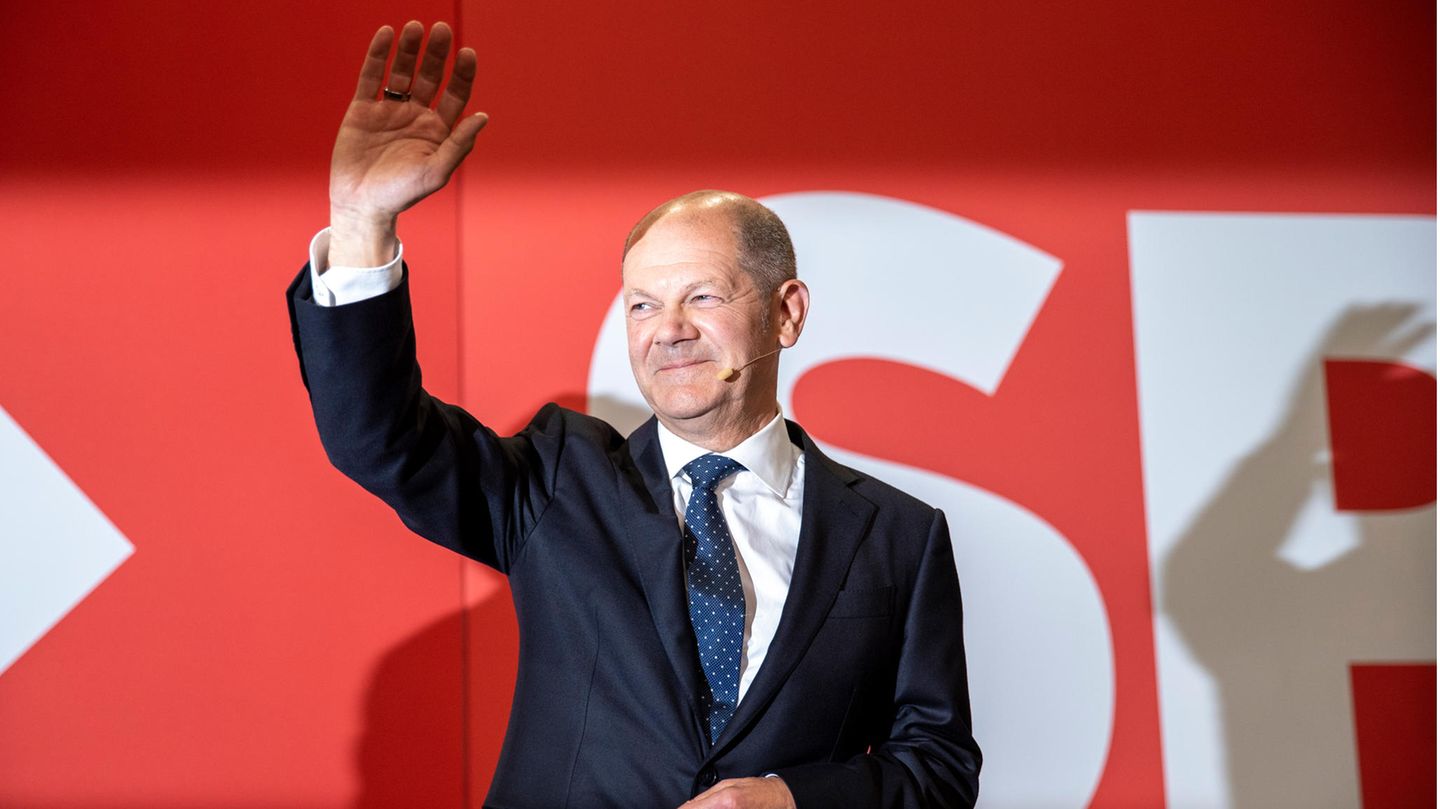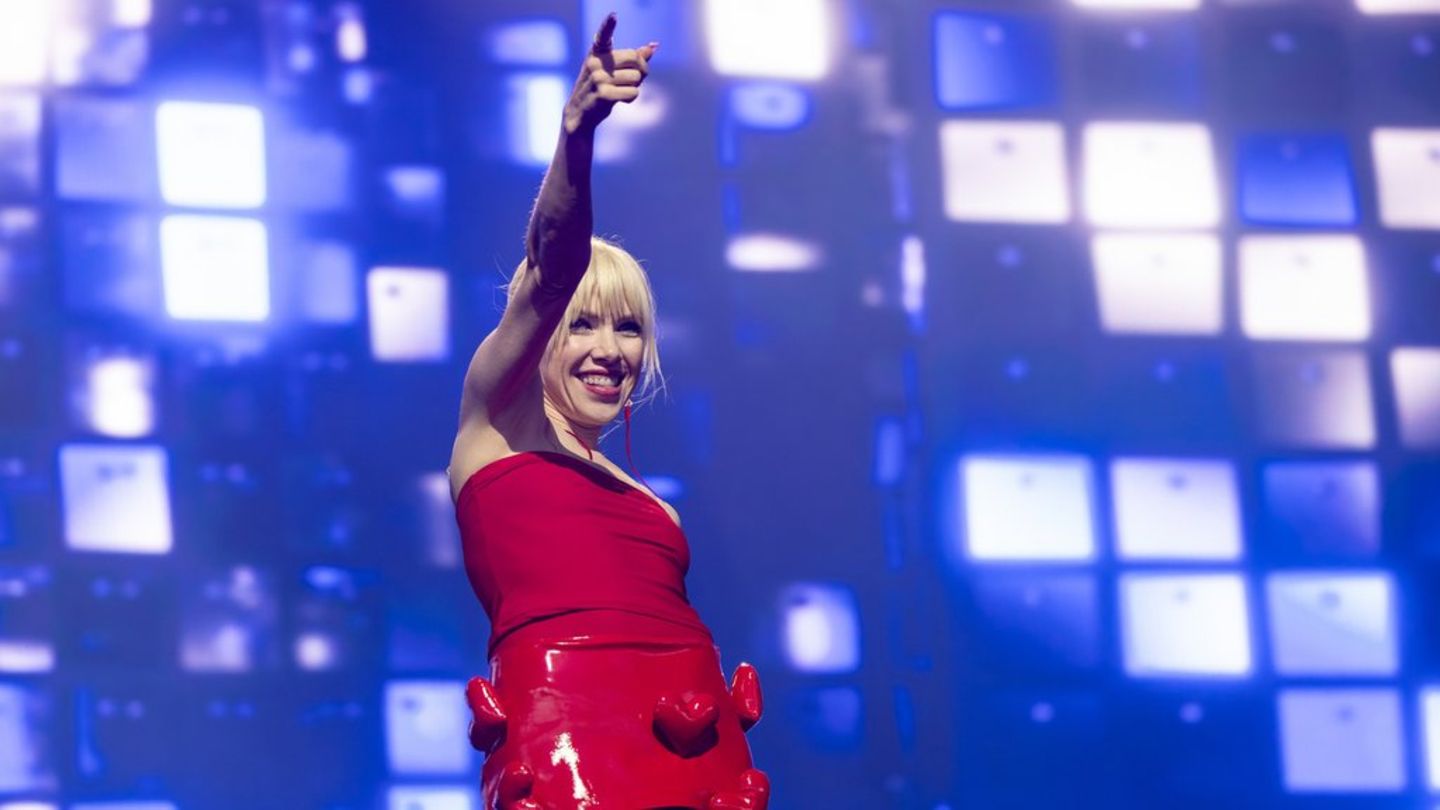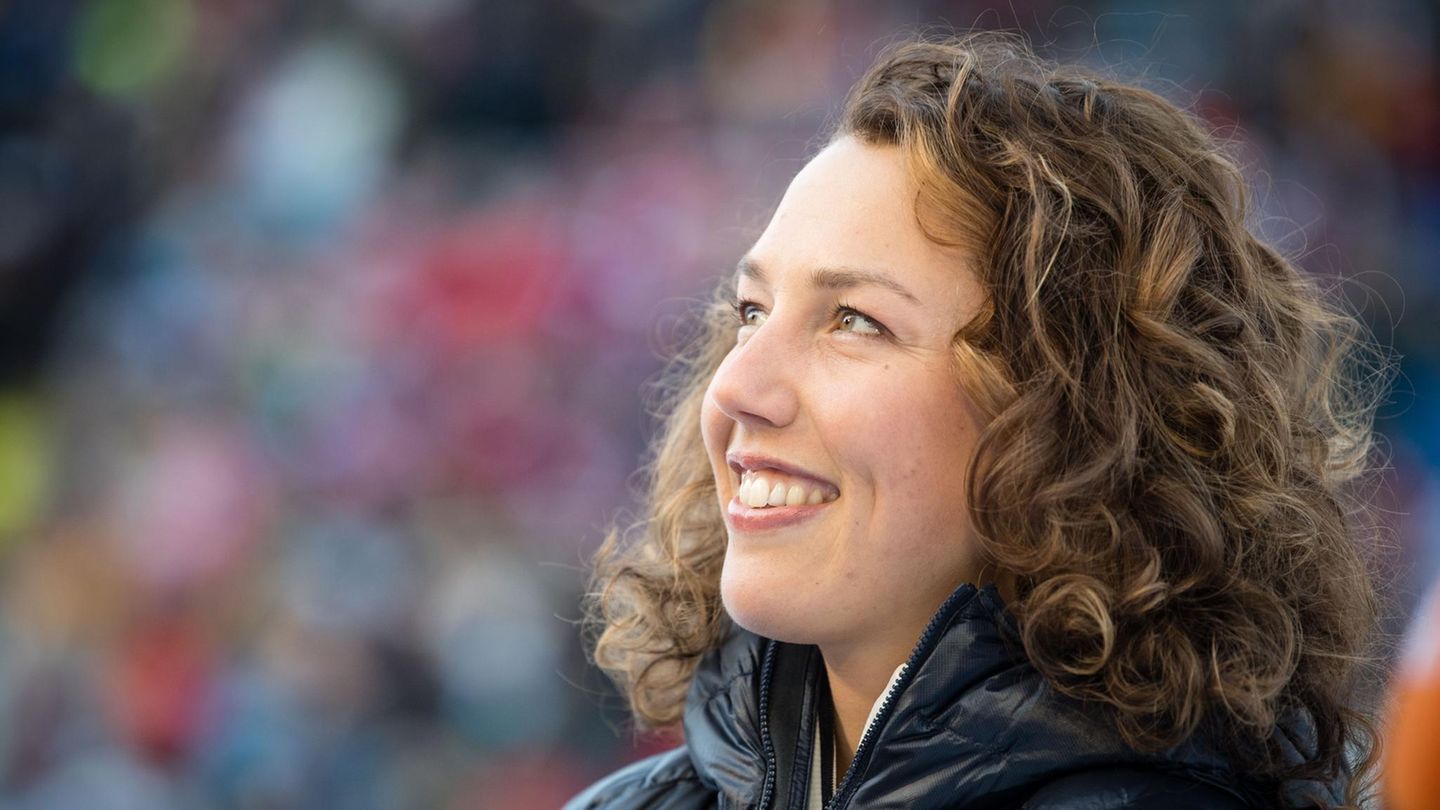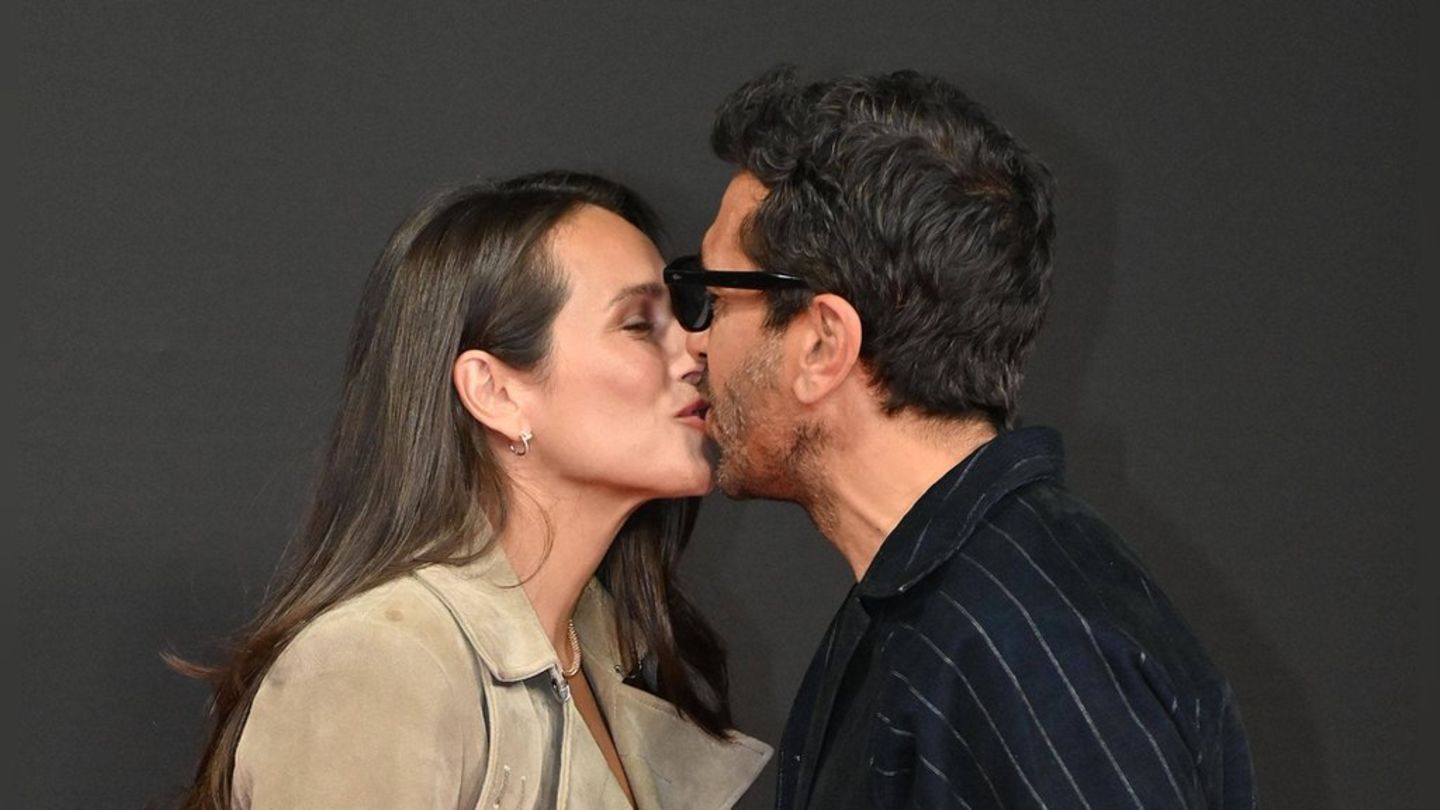To analyse
The SPD won the federal election in 2021. However, it is not certain that Olaf Scholz will actually become Federal Chancellor in the end. He and his party will have to do a lot to achieve this. What steps are now necessary.
The SPD is back and with it Olaf Scholz. The Social Democrats and their top candidate are the winners of the federal election in 2021. With 25.7 percent of the second votes, they make up the largest parliamentary group in the upcoming Bundestag. But, as such, will they ultimately also provide the Chancellor? Except for a few statements, this was customary in the history of the Federal Republic. Scholz and his comrades have presented themselves accordingly self-confidently since the evening of the election. The former mayor of Hamburg interpreted the election result for himself. A Forsa survey from Monday speaks for Scholz. 56 percent of those questioned speak out in favor of him as Federal Chancellor, only eleven percent in favor of CDU competitor Laschet.
So is the election of Olaf Scholz as Federal Chancellor just a formality? No. The victorious SPD candidate still has to overcome a few hurdles on the way to the Chancellery.
How can Olaf Scholz become Chancellor?
He has to get a majority in the Bundestag behind him. Sounds easy, but it could get complicated. Because unlike in 1998, when the SPD last succeeded in appointing Gerhard Schröder as head of government, the party not only needs the Greens, but also the FDP to govern. And after the election result, both parties have every reason to enter into possible negotiations with confidence and with a bundle of demands. You could make life difficult for Olaf Scholz and the SPD.
Greens and liberals are already looking for common ground in order to dictate conditions to a future government partner and to put their stamp on future politics. Together, in a three-way alliance, whether with the SPD or the Union, they would have more MPs than their respective big partners. Whether there will be a traffic light coalition between the SPD, FDP and the Greens is not primarily in Scholz’s hands. He will have to make concessions without alienating the resurgent left wing in the SPD.
The differences in content between the Social Democrats and the Greens seem to be bridgeable. The main aim is to convince Christian Lindner and his liberals of a traffic light. It’s actually the time for red lines; Keyword: minimum wage increase. But they didn’t want to hear about it on Monday in the Willy Brandt House. One does not talk about overlaps on the day after the election, not about the non-negotiable. “We do that with the friends with whom we want to govern,” emphasized Scholz.
The question will be: On which issues can Scholz and the SPD approach the FDP? For example, the Liberals have defined tax increases or even a wealth tax as one of their no-gos. The pragmatist Scholz may have to come to terms with such questions – but only to the point that he does not lose the support of his party and faction. There are a number of balancing acts threatening all traffic light parties.
What all three potential partners have in common, however, is that they share many goals: the ecological modernization of the country, for example. “If three parties, who are looking at progress at the beginning of the 20s, work together, that can be a good thing, even if they have different starting points for it,” said Olaf Scholz – knowing full well that there are different ideas about the path to good from SPD, Greens and FDP there.
What does Olaf Scholz offer the FDP and the Greens?
Scholz will have to make concessions to his possible coalition partners and should have more legroom than CDU leader Armin Laschet. The SPD knows that the election success would probably not have been possible without Olaf Scholz, which gives him room for maneuver. The top candidate, on the other hand, knows how quickly his party can react with withdrawal of love if too much of the new old social democratic brand core is sacrificed in coalition negotiations.
In the end, it could also depend on posts as to whether a traffic light coalition will come about. The finance ministry for Christian Lindner and a strong climate protection ministry for the Greens would certainly be toads that the SPD would have to swallow. She could implement many of her socio-political projects for this. How is the whole thing financed? That is likely to be one of the major issues of conflict.
Scholz ‘advantages for the possible talks with the FDP and the Greens: He is an experienced negotiator, he knows the finances of the state very well – and he has a goal for the alliance he is aiming for: “A government that has been formed must be like this rule together so that they trust themselves to be re-elected. ”
To this end, on Monday he also tried to look back on the “successful social-liberal governments under Willy Brandt and Helmut Schmidt” (1969 to 1982) and the “successful red-green alliance under Gerhard Schröder” (1998 to 2005). Scholz wants to add another chapter to this: a “social-ecological-liberal” coalition. And the party left also knows that there cannot be “pure SPD” given this initial situation, party leader Norbert-Walter Borjans recently revealed. The fact that the left wing of the party has come to terms with the political realities is perhaps the greatest advantage for Olaf Scholz on his way to the Chancellery.
CDU top candidate Armin Laschet will have a harder time forming a government than Olaf Scholz. Read here what he has to do to become Chancellor.
David William is a talented author who has made a name for himself in the world of writing. He is a professional author who writes on a wide range of topics, from general interest to opinion news. David is currently working as a writer at 24 hours worlds where he brings his unique perspective and in-depth research to his articles, making them both informative and engaging.




